Face Emotion Recognition Using Matlab
₹3,000.00
Huge Price Drop : 50% Discount
Source Code + Demo Video
Platform : Matlab
Delivery : One Working Day
Support : Online Demo ( 2 Hours)
100 in stock
Description
ABSTRACT
Face recognition systems during a video sequence represent a vital technical tool in many domains. To classify the faces in negligible time, the classic ways of classification being inadequate, mathematical logic is taken into account as a good technique for determination a classification drawback. this text proposes a fuzzy approach for detection and face recognition in video sequences employing a multi-agent modeling. This technique contains many steps to classify the faces detected within the video. The multi-agent approach that’s adopted permits minimizing the quality of the process and attending to the result with negligible time. The tasks of detection and classification of face square measure completed in 2 steps. within the commencement, faces square measure detected mistreatment texture color and geometrical face. within the second step, the multi-agent system and fuzzy approach square measure employed in the popularity method to search out the degrees of membership. The results obtained mistreatment this technique demonstrates performance in terms of hardiness, within the variations illumination and speed.
DEMO VIDEO
INTRODUCTION
Emotions usually mediate and facilitate interactions among people in general. Thus, understanding feeling usually brings context to on the face of it eccentric and/or complicated social communication. feeling may be recognized through a spread of means that like voice intonation, visual communication, and additional complicated ways such electroencephalography (EEG). However, the easier, additional sensible technique is to look at facial expressions. There square measure seven sorts of human emotions shown to be universally recognizable across totally different cultures anger, disgust, fear, happiness, sadness, surprise, contempt. apparently, even for complicated expressions wherever a mix of emotions might be used as descriptors, society agreement continues to be determined . thus a utility that detects feeling from facial expressions would be wide applicable. Such associate advancement may bring applications in medication, selling and recreation. Given the process necessities and quality of a NN, optimizing a network for economical computation for frame by-frame classification is critical.
EXISTING SYSTEM
Here we’ve got applied the segmentation by mistreatment moving ridge rework by this we are able to cluster the photographs therefore we are able to kind the precise parting the image and applying the HOG and LBP notice the feel it makes the development and detection of points to language and find and classifies by KNN to demonstrate
DRAWBACKS
• High process load
• It doesn’t provides best results for all stages
• Poor discrimination and low distinction data
PROPOSED SYSTEM
LPQ And LBP to search out the precise location of analysis purpose of the streams of person therefore we are able to simply acknowledge the feel and classification done by Neural Networks it trains the set of information then it finds in line with them no knowledge loss happens provides the suitable quantitative relation
BLOCK DIAGRAM
MODULES
- Face Detection
- LBP Features
- LPQ Features
- Feature Extraction
- SIFT Matching
SOFTWARE REQUIREMENTS
- MATLAB 7.14 and above versions
CONCLUSION
The project presented the robust human face recognition system based on discriminative robust local binary pattern and LPQ for automatic attendance system. The discriminative robust local binary pattern was used for different object texture and edge contour feature extraction process. A local directional pattern was used to extract the features from face regions to discriminate the illumination changes. These approaches were well used to identify the illumination changes, intensity distributions characteristics. Here, matching was done between input and original samples using Euclidean distance metrics. These features were useful to distinguish the maximum number of samples accurately Finally the simulated results shows that used methodologies provides better recognition rate with minimum error rate for all samples.
REFERENCES
[1] Jianke Zhu, Mang I Vai and Peng Un Mak, ”Gabor Wavelets Transform and Extended Nearest Feature Space Classifier for Face Recognition,” Proceedings of the Third IEEE International Conference on Image and Graphics (ICIG’04), 2004.
[2] M. Kirby and L. Sirovich, “Application of the Karhunen- Loeve Procedure for the Characterization of Human Faces,” IEEE Trans. Pattern Analysis and Machine Intelligence, vol. 12, no. 1, pp. 103-108, 1990.
[3] A. Samal and P.A. Iyengar, “Automatic recognition and analysis of human faces and facial expressions: a survey,” Patt. Recog,. 25 (1), pp. 65–77, 1992.
[4] A. Porebski, N. Vanden broucke, and L. Macaire, “Haralick feature extraction from LBP images for color texture classification,” in Proc. 1st Workshops Image Process Theory, Tools Appl., Nov. 2008, pp. 1–8.
[5] J. Ren, X. Jiang, and J. Yuan, “Noise-resistant local binary pattern with an embedded error-correction mechanism,” IEEE Trans. Image Process., vol. 22, no. 10, pp. 4049–4060, Oct. 2013.

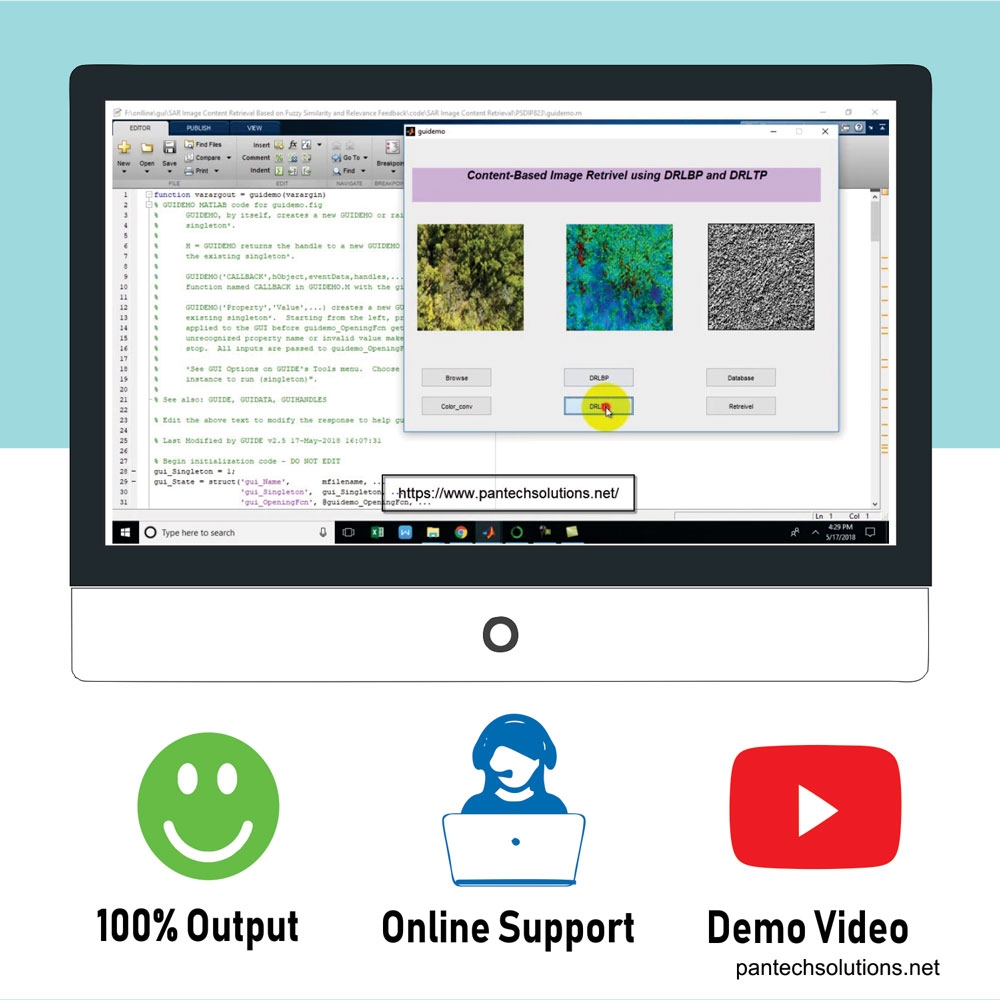
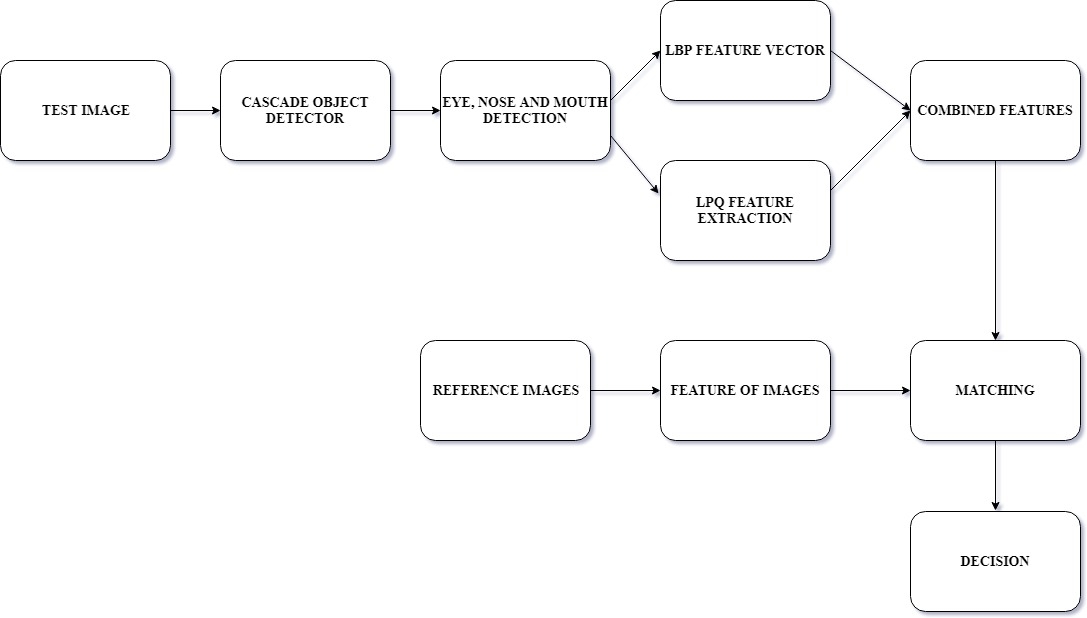
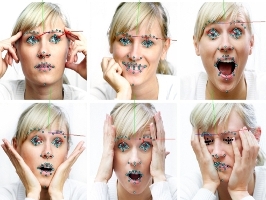

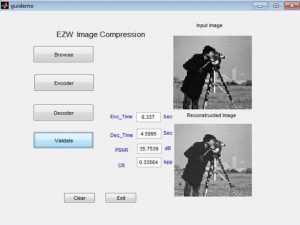
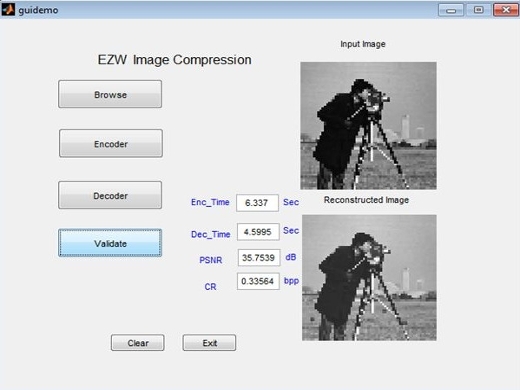
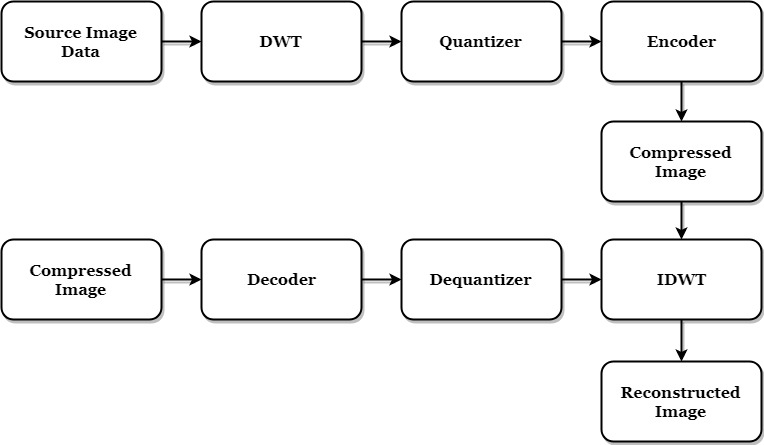
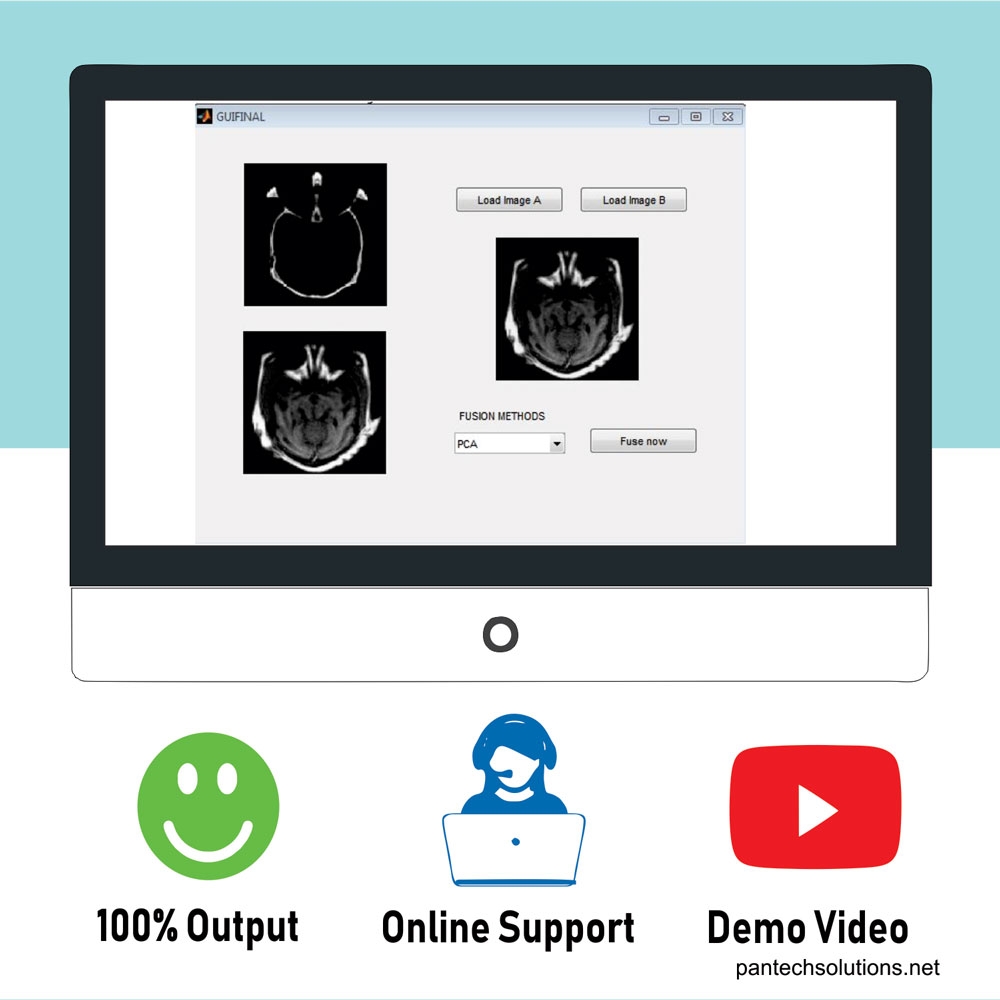
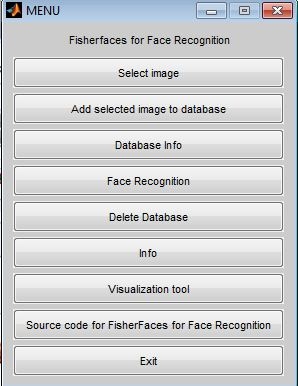
Reviews
There are no reviews yet.